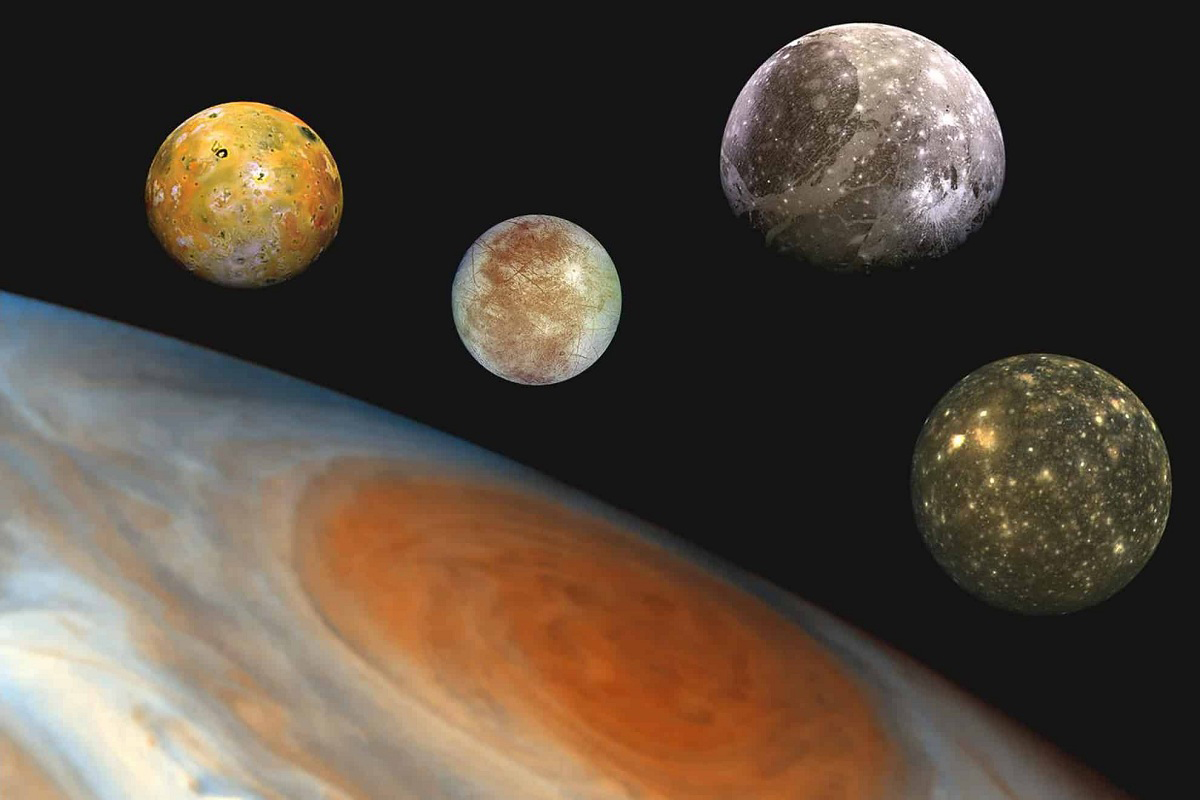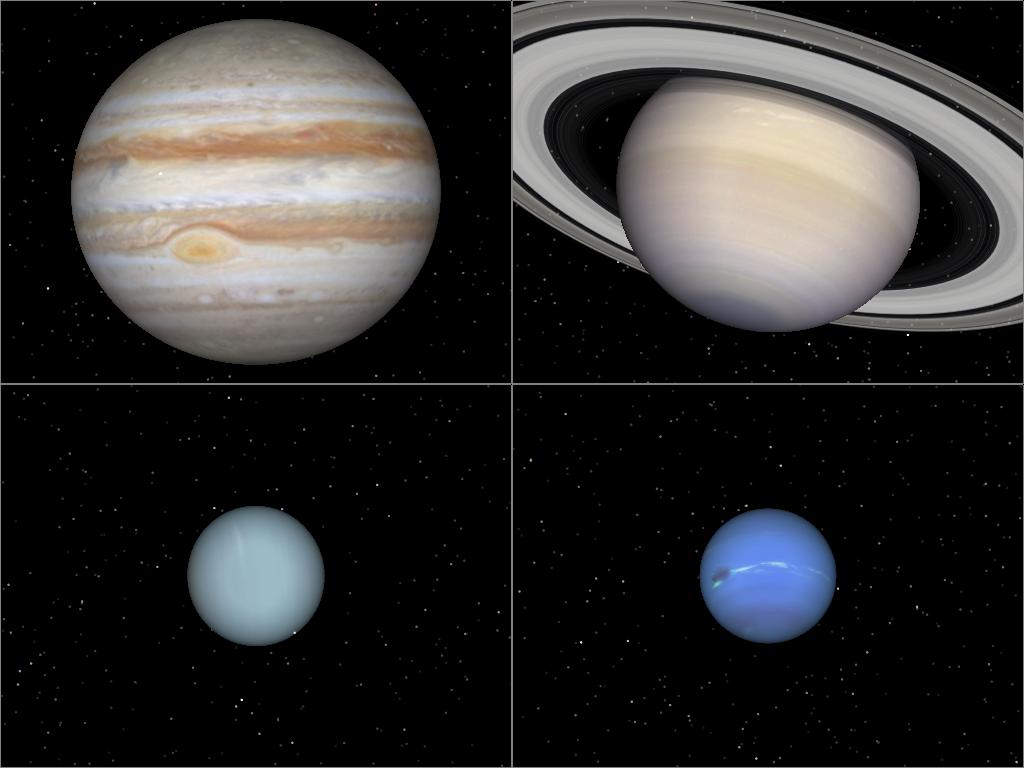Featured space missions
This list, without intending to be extensive, seeks to present some of the main space missions that have had as their main purpose the exploration of a celestial body in the inner, outer Solar System, or beyond the Solar System. All of these missions have not been manned, however they have managed to send us a huge…




